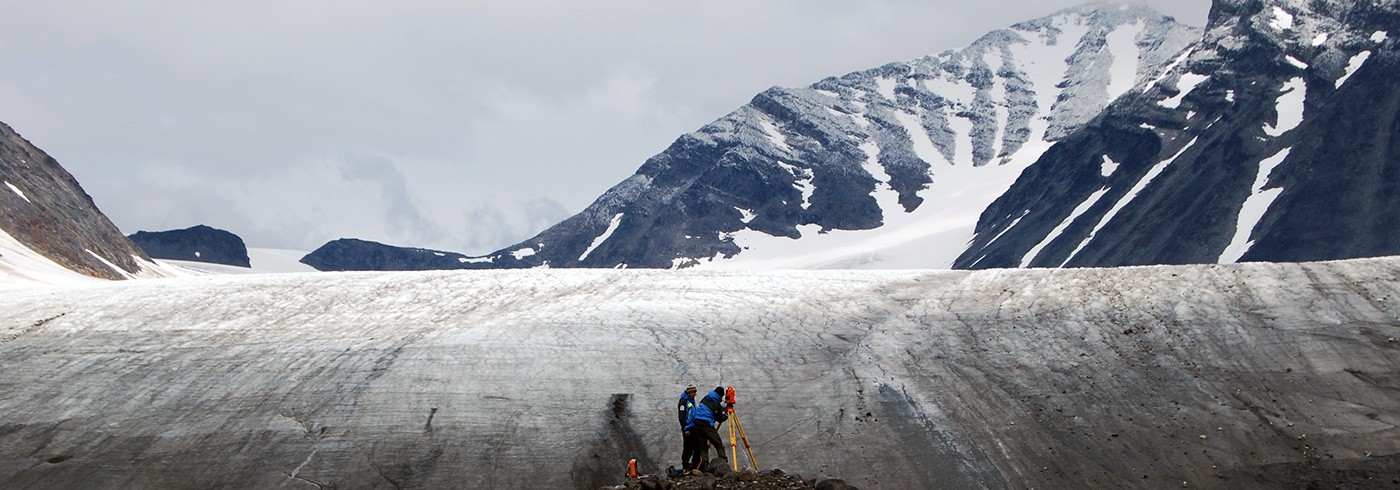Plant–animal interactions
14 July 2008 - 24 August 2008
Arctic fox was one of the species that was studied during the expedition Arctic Sweden. Photo: Tomas Meijer
The overarching aim of this project is to assess the magnitude and rate of expected and already ongoing changes in mountain tundra ecosystems and landscapes under the impact of climate change. The dominating feature in the mountain tundra ecosystem is the cyclic population dynamics of small rodents. We have used different spatial scales in our sampling. The largest scale constituted inventories made in seven different areas. Scaling down, we focused sampling to the territory of a fox or rough-legged buzzard. Finally, scaling down even further, we replicated the sampling within each territory. For our assessment of arctic foxes, red foxes and rough-legged buzzards we conducted inventories at known sites. We discovered that the lemming populations reached a strong peak during the winter of 2008, which was subsequently followed by a crash during spring in all study areas.
The arctic fox responded well to the high densities of lemmings. However, there were large differences in juvenile mortality between the cubs of experienced and un-experienced arctic fox mothers. The most surprising result from this year’s work was the relatively high number of rough-legged buzzard pairs that initiated breeding. Why the rodent populations crash (and do so repeatedly) is perhaps the most important question for future studies, as rodents are the key resource for the predators that we study.
Large herbivores, climate change and plants
In order to survive the long and dark winters, by its onset animals need to have built up sufficient energy reserves and extremely good condition to withstand partial to full starvation over a period of six or more months. Fat is the key to survival. Large bodied animals such as moose and reindeer have adapted a strategy of maximizing food intake during the lush and extremely productive summers.
The ongoing climate change will affect large herbivores in several ways. First, warmer summers expose the animals to heat stress. Second, a warmer summer climate induces faster plant growth, which results in plants becoming more fibrous.
Our aim was to identify those areas recurrently used by the large herbivores in order to predict which plants and patches are most likely to be affected by a higher summer temperature. Such areas are crucial for animals to be able to build up the fat reserve essential for winter survival and future reproduction.
As our model Arctic large herbivorous mammal we used moose to map the vegetation hot spots in the landscape during the critical summer period. A hot spot in the landscape is an area that animals tend to come back to regularly – for eating, resting and other activity. Moreover the summer is the period when cows provide milk to the calves. GPS-collared moose in the alpine areas provided us with a f low of continuously updated data.
The data will now be processed to build models that can describe and predict moose habitat use and movement in relation to the uneven distribution of summer forage. This information will be used to predict whichareas will be most drastically affected by warmer summers in the Swedish mountains.

